Apple Announces iPhone 11, iPhone 11 Pro, and iPhone 11 Pro Max
Apple has three new iPhones for its 2019 lineup: the iPhone 11, iPhone 11 Pro, and iPhone 11 Pro Max. All three became available for pre-order on 13 September 2019 at 5 AM PDT (note the different time than in years past!) and will arrive in stores and in customers’ hands starting on 20 September 2019.
Although rumors continue to swirl about Apple introducing a new low-cost “iPhone SE 2” next year, the iPhone 11 is cheaper than last year’s “budget” iPhone XR model, starting at $699 for 64 GB of storage, down from the $749 iPhone XR starting price. The iPhone 11 Pro starts at $999 with 64 GB of storage, the same as last year’s iPhone XS. The iPhone 11 Pro Max starts at $1099, which is also the same as the iPhone XS Max.
All three models sport additional cameras over their 2018 counterparts and promise significantly enhanced options for photos and videos. In fact, Apple attributed the “Pro” part of the iPhone 11 Pro name to the capabilities made possible by those phones’ triple-camera approach. (“Max” still means “larger than fits the average pocket.”)
Notably missing from all three models is 3D Touch, which has been replaced by Haptic Touch. It offers 3D Touch’s haptic feedback but doesn’t let you press in on the screen to access more options. iOS 13 has largely made 3D Touch irrelevant anyway, given that you can now tap and hold on items to get the contextual options that were previously exclusive to 3D Touch.
Despite wishes on the part of some people that Apple would switch from Lightning to USB-C, this year’s iPhones still have Lightning ports. However, the included USB cable is now a Lightning-to-USB-C cable instead of Lightning-to-USB-A.
Let’s take a look at the details of each new phone.
iPhone 11
If you hate the notch first introduced with the iPhone X, we’re sorry to disappoint, but it’s still present in the iPhone 11, aimed at the everyday iPhone user. But there are two things you will notice right away. There are new color options: purple, green, yellow, white, black, and Product(RED). The first three colors are more in the Easter egg pastel palette than previous iPhone colors. You’ll also notice a second camera on the back of the iPhone 11, a feature previously exclusive to the higher-end iPhones.
The iPhone 11 comes with a 6.1-inch Liquid Retina LCD display, with 1792‑by‑828‑pixel resolution at 326 ppi, 1400:1 contrast ratio, and 625 nits of brightness. That’s the same as last year’s iPhone XR. Also identical to the iPhone XR are the iPhone 11’s dimensions, so if you were hoping for something more likely to fit in your pocket, sorry.
Here’s a summary of what’s new with the iPhone 11:
- A13 Bionic: New year, new processor. Apple promises that the A13 Bionic is up to 20% faster than the A12 and uses 40% less power.
- Wide and Ultra Wide camera modes: The second camera allows for a new ultra-wide mode, which lets you zoom out as well as in. You can use both modes while capturing 4K video, as well as still photography.

- Night mode: The second camera also enables the new Night mode that, like the Night Sight feature in Google’s Pixel phones, lets you take vastly improved low-light shots by combining multiple images taken at different exposures.
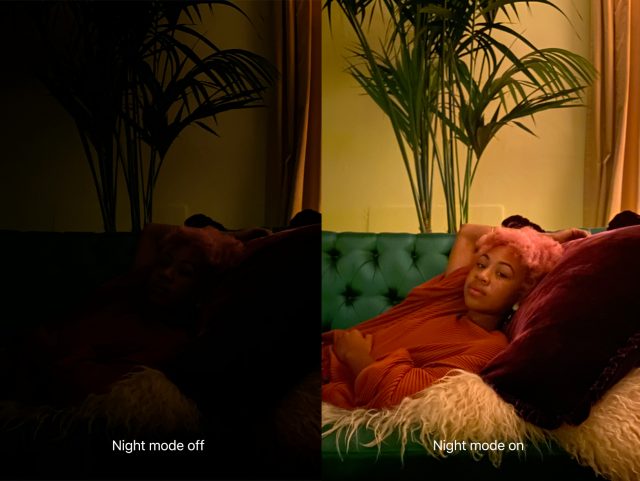
- Smart HDR and Deep Fusion: Apple touts a “next-generation” Smart HDR feature that uses machine learning to improve High Dynamic Range photography, which also combines multiple images at different exposures. Later this year, an iOS update will enable a new Deep Fusion feature, which uses machine learning to improve photo quality even further.
- QuickTake: You can already take a still photo while recording a video, but QuickTake lets you do the reverse. When in Photo mode, press and hold the shutter button to start recording a video quickly. You can also swipe right to switch into Video mode completely or swipe left for Burst mode.
- 4K and slo-mo selfies: Narcissists rejoice! The front-facing TrueDepth camera can now capture 4K video at 60 frames per second, as well as slow-motion video, for which Apple has coined the repulsive word “slofies.” Remember, thanks to 4K video, we can see your nose hair.
- Faster Face ID: Rumors of Touch ID’s return didn’t pan out, but Apple claims that Face ID is now 30% faster and works at wider angles.
- Spatial audio: The iPhone 11 features spatial audio, a technology borrowed from the HomePod that emulates surround sound. We’re curious to see how it works in the real world. The iPhone 11 also supports Dolby Atmos audio, which could provide some improvements in movies that support it. We doubt most TidBITS readers watch many movies on their iPhones, so they won’t care much about either.
- Faster networking: No 5G this year, but the iPhone 11 supports “gigabit-class” LTE and the Wi-Fi 6 networking protocol (see “Wi-Fi Switches from Obscure Protocol Names to Simple Generation Numbers,” 5 October 2018).
- The Mysterious U1 Chip: Briefly mentioned at the event, but not discussed, was the new U1 chip. Apple’s press release says: “The new Apple-designed U1 chip uses Ultra Wideband technology, the first ever in a smartphone, for spatial awareness. With iOS 13.1 coming on September 30, AirDrop gets even better with directionally aware suggestions.” We still don’t know what it does. It may be related to a rumored “Apple Tag” product that could help you find lost items like keys and Apple TV remotes. Jason Snell has more about it on Six Colors.
- Longer battery life: Apple claims the iPhone 11 has up to 1 hour longer battery life than the iPhone XR.
Here’s what you’ll pay for each storage tier of the iPhone 11:
- 64 GB: $699
- 128 GB: $749
- 256 GB: $849
Apple also announced an updated trade-in program that could cut your purchase price substantially.
iPhone 11 Pro and iPhone 11 Pro Max
What makes the iPhone 11 Pro a pro device? For one, it sports a stainless steel case instead of aluminum and a different set of more conservative color options: gold, midnight green, silver, and space gray.
But the real reason for the “Pro” moniker is the third camera on the back of the iPhone 11 Pro, which allows for a Telephoto mode in addition to the Wide, Ultra Wide, and Night modes offered by the iPhone 11. Apple showed off some impressive photography and videography made possible by the new cameras, and we’re looking forward to independent reviews once the iPhone Pro becomes available.
Along with the camera improvements, the iPhone 11 Pro offers a fancy display to match: the OLED-powered Super Retina XDR display, which Apple is marketing as being a miniature version of the company’s upcoming $5000 Mac Pro display. The iPhone 11 Pro offers a 5.8-inch screen with 2436-by-1125-pixel resolution at 458 pixels per inch while the iPhone 11 Pro Max features a 6.5-inch display with 2688-by-1242-pixel resolution at 458 ppi. Both screens put out up to 1200 nits of brightness with a 2,000,000:1 contrast ratio.
Perhaps the most impressive camera feature Apple demonstrated was an upcoming version of FiLMiC Pro that allows recording 4K video at 60 frames per second from multiple iPhone 11 Pro cameras at the same time. If you plan to do that, we’re guessing that you’ll want to spring for the 512 GB model.
Apple touts significant battery life improvements in the Pro models over last year’s XS line: up to 4 hours more than the iPhone XS and 5 hours more than the iPhone XS Max.
Here’s the pricing for the iPhone 11 Pro:
- 64 GB: $999
- 256 GB: $1149
- 512 GB: $1349
And the iPhone 11 Pro Max:
- 64 GB: $1099
- 256 GB: $1249
- 512 GB: $1449
Which iPhone to Choose?
If you’re looking to buy a new iPhone this year, you have a pretty simple choice. Most people will be more than happy with the iPhone 11, which comes at a reasonable price and has most of the iPhone 11 Pro’s features. But if you’re a serious photographer or videographer, the iPhone 11 Pro is a no-brainer—it truly earns its “Pro” name. And if your pockets are deep enough (both financially and physically), the iPhone 11 Pro Max provides the same level of photographic power with a notably larger screen.
If the new features don’t excite you, or your budget cringes at the cost, the iPhone 8 and iPhone XR remain for sale, starting at $449 and $599, respectively.
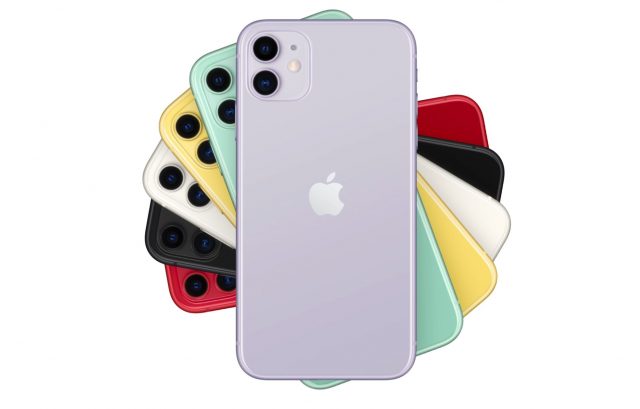
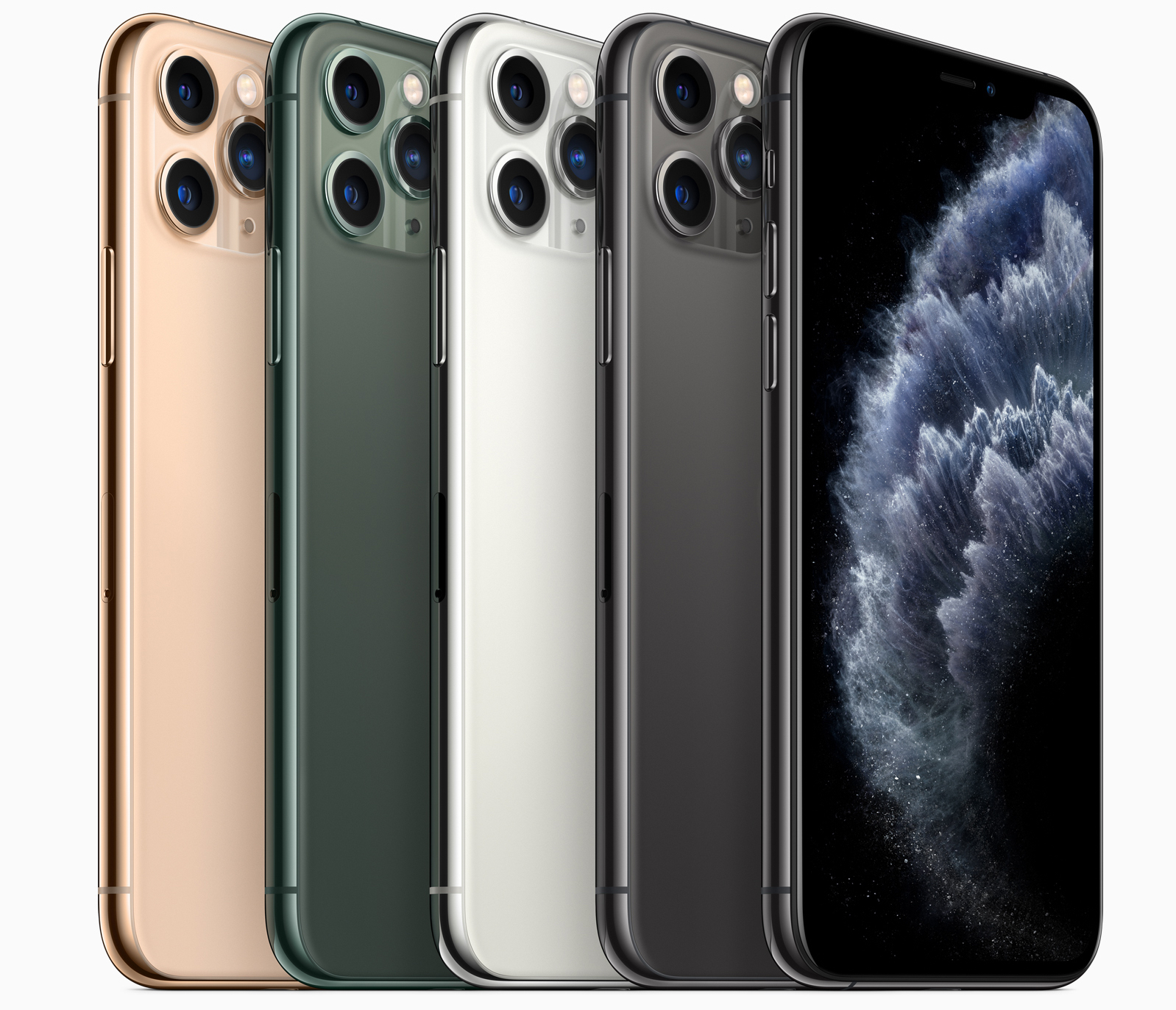
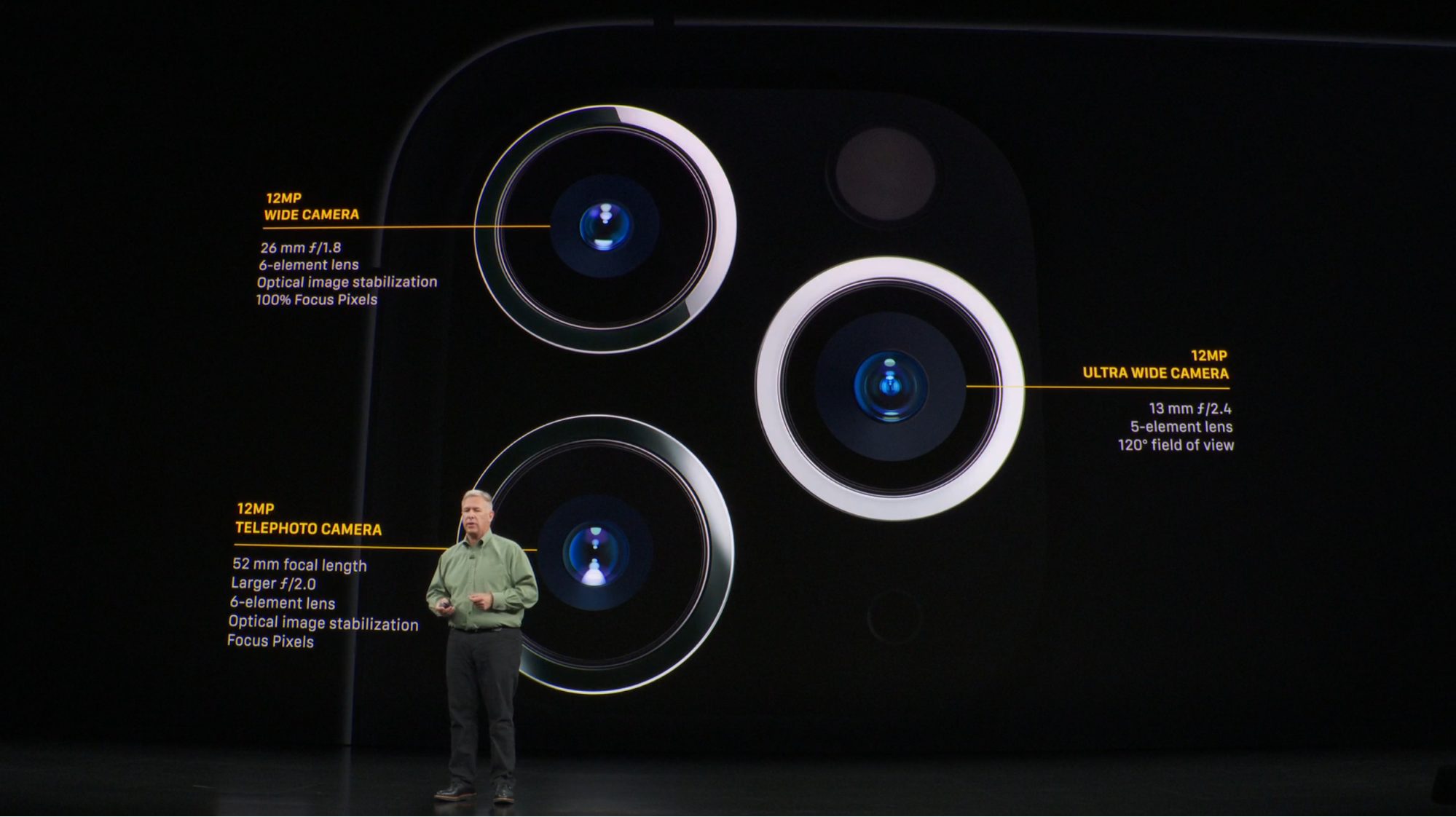
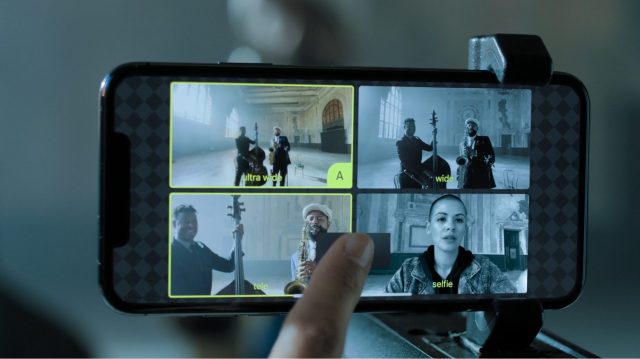
I might be the exception here, but in terms of price and feature set I think the current line-up is actually quite compelling. Sure, I myself would never spend $1300 on a phone, but the 128GB iPhone 8 would do the job just fine and $499 is actually quite decent. That would have been $412 in 2007 when the iPhone came out. The fact that they lowered the 11 price compared to the XR launch price also indicates they’ve finally started injecting a well needed dose of reality check.
I’m not a huge fan of having that many iPhone models on sale and this idea of keeping around 3 year old designs just to hit lower price points isn’t exactly my favorite either, but all in all Apple now offers pretty much an iPhone at every price point from $400 upwards.
The one thing I still miss (and why I won’t be buying one myself) is a smaller device. Personally I don’t need a whole bunch of fancy cameras, but I want a phone I can operate one-handedly. I went from a 6 to an SE because of that so obviously the 8 is still too large. There’s been rumors about a new SE, but I think rather than a true SE replacement (small) it sounds like this would rather be an inexpensive device with updated internals (8 replacement).
We were visiting friends in Boston over the weekend and two women (significant others of tech-involved guys) specifically said, independently and unprompted in any way, that they have small hands and were unhappy with the size of current phones (iPhones and Android phones). It’s hard to believe that no major vendor sees this as an opportunity—along with a lot of women, there are plenty of kids who would like smaller devices, not to mention men for whom size isn’t everything.